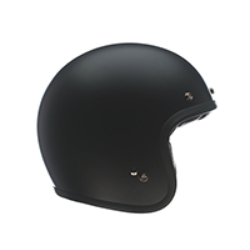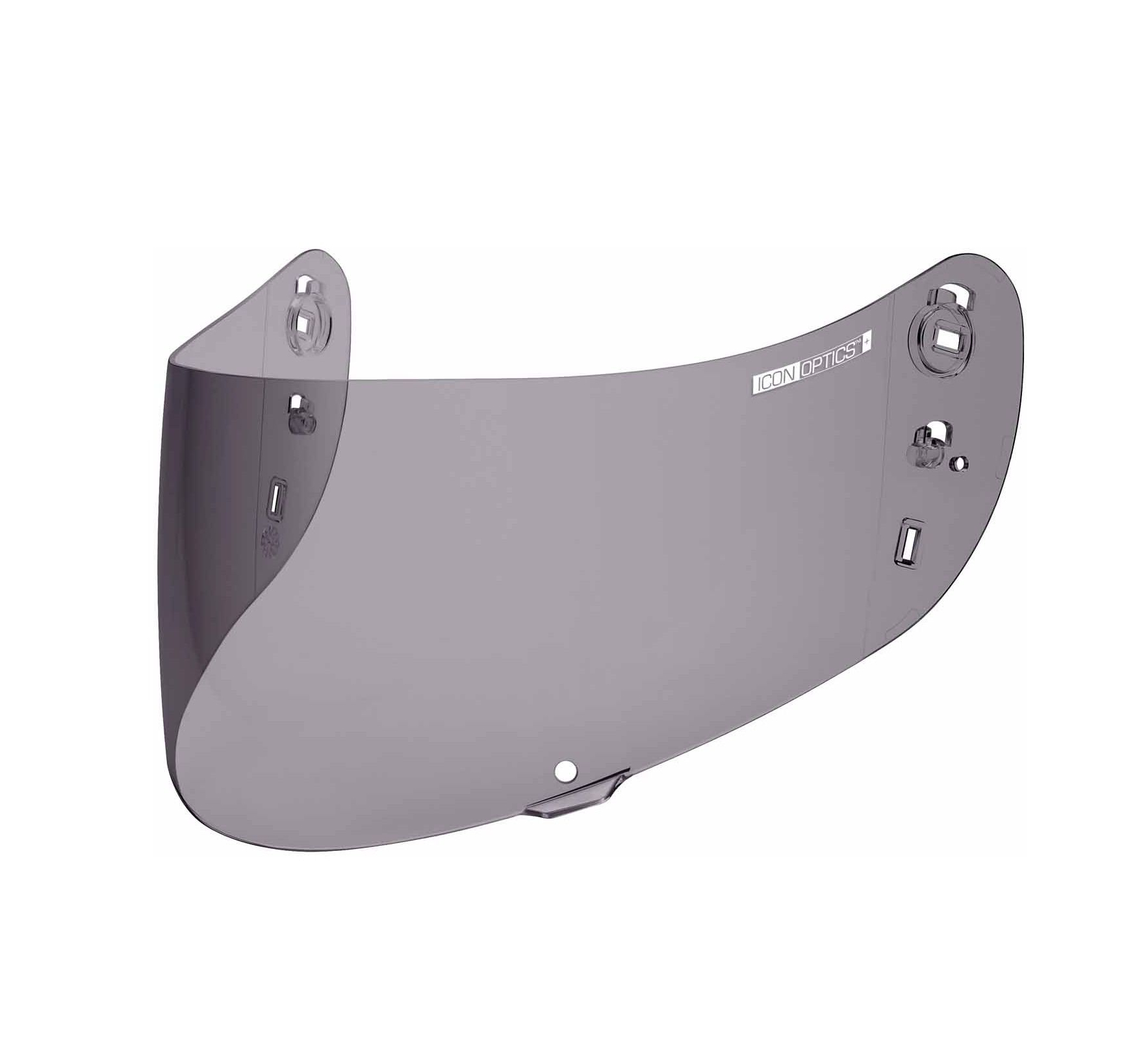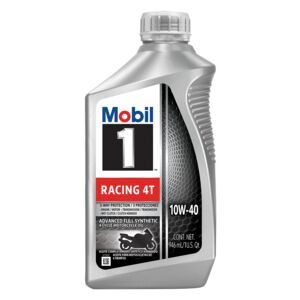Here’s the thing with oil: Any oil is better than low or no oil, so if you’re in a pinch, using whatever you have on hand is a much better option than operating the engine with too little lubricant.
That being said, if you do find yourself out on the road and in need of a top up and you don't have your favorite flavor on hand, you’ll want to stick to a similar viscosity and ensure the bottle has the MA or MA2 label, indicating it is designed for use with wet clutches. At the very least, use an oil that doesn’t have the “energy conserving” label, which correlates to friction modifiers that may cause a motorcycle's clutch to slip.
The fact is, it doesn’t matter if the oil is a different brand or a different color or even a conventional oil when your engine is filled with synthetic, it’ll mix. Engine oils actually have to be compatible as per oil-industry criteria.
However, just because you can mix oils without creating some abrasive and acidic concoction doesn’t mean it’s a good idea, and you certainly shouldn’t assume that cocktail is fine until your next oil change.
That’s because engine oil is very particular stuff. It’s a mixture of base oils and a chemical additive package that can make up as much as 25% of every bottle. Some of those additives work independently, some are synergistic and meant to function together to accomplish a goal, and some actually compete for surface area on internal engine parts. So if you mix two different brands of oil you risk throwing off the proportions of those carefully selected additives, which could affect the oil’s performance and durability.

Think of cake mix. If you use a cup of Betty Crocker because you didn’t have enough of the Pillsbury stuff, you’re still going to end up with a decent cake. It just might not rise as much as it was supposed to, because it wasn’t made with the exact ingredients that either brand intended.
So if you’re working on your bike and happen to have a quart of oil A and a quart of oil B, combining them to get the required two quarts to fill your engine is not a good idea. It’s best to use all one kind of oil to ensure the lube is able to function as it was designed to. Similarly, if you really want to do the best for your bike, you should stick to the same brand for every oil change, since there’s anywhere from a few cups to a quart or more of old sauce that remains in the motor.
To recap, if you find yourself needing to add oil to your engine for whatever reason and you don’t have your normal brand on hand, it’s OK to use a different brand or chemistry, if that’s all you have access to. But, aim to use the same viscosity and service grade, and recognize that mixing brands or chemistries could potentially compromise the oil's performance, so you'll want to change it sooner rather than later.
Ultimately, the best approach is to stick to a single brand and formula of oil to ensure your engine has the friction and corrosion protection it needs.











 Membership
Membership








